Mirror mistakes to avoid – designers on how to dodge the biggest pitfalls of hanging and positioning mirrors
Don’t fall foul of these major mirror mistakes – instead, follow these rules to live by, shared by interior design experts
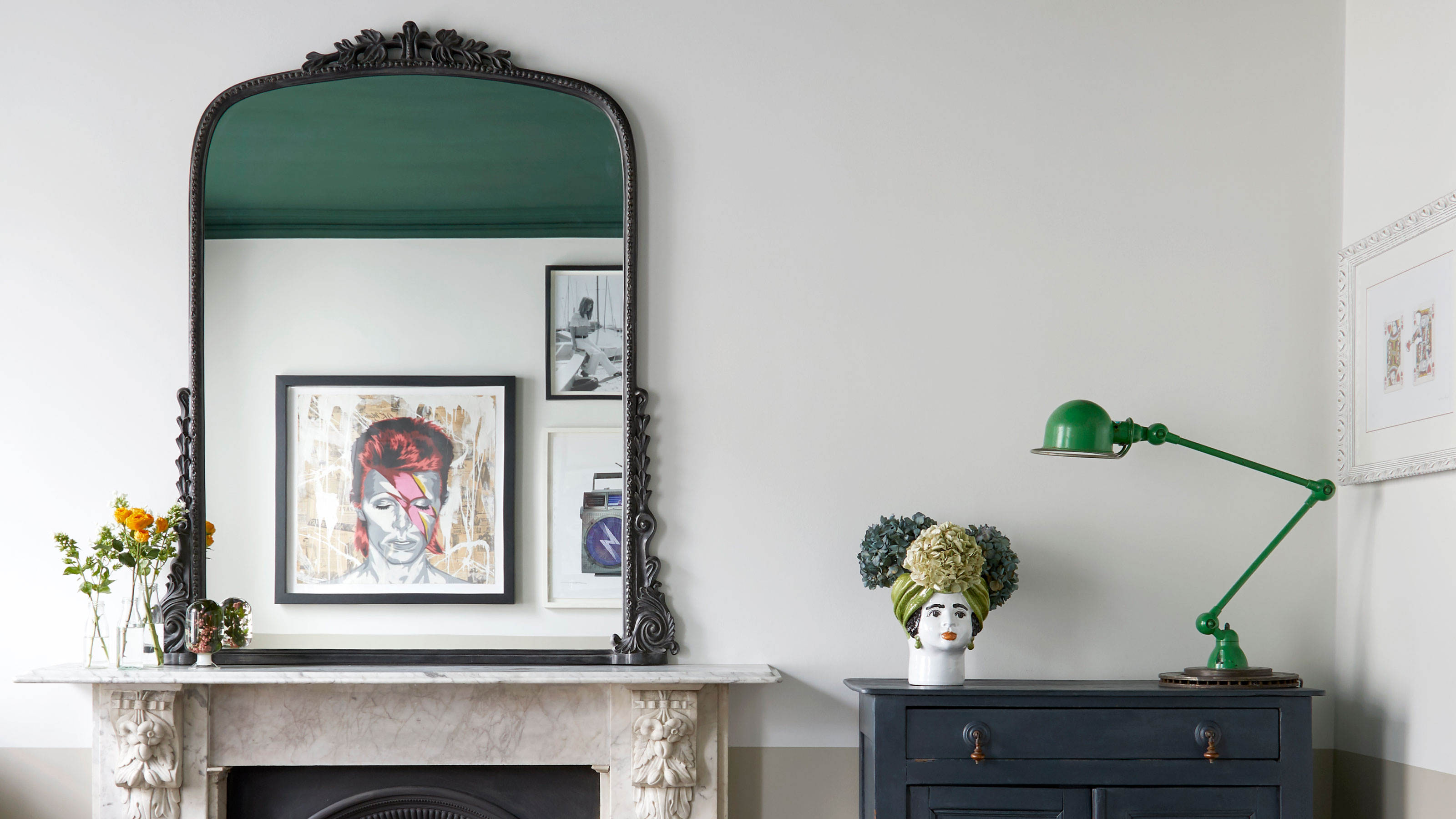
Upon reflection, mirrors have to be one of the best additions to any home. Be it a modern bathroom, living room or dining room, no space is complete until you’ve added a mirror to it.
But why is that? Mirrors add so much more to your home than just showing your reflection. Yes, they are a functional piece of living room wall decor for making sure we're looking presentable before heading out. But if carefully positioned, along with bouncing light around the room and creating the illusion of a bigger space, they make for the smallest but mightiest of finishing touches.
However, when it comes to adding a mirror (or two) to your four walls, there are a few mistakes to avoid. You need to consider a few questions. For example, how big should your mirror be? Should you hang it? Or carefully position it in a corner? And how can you make sure it works with your space, rather than against it?
To answer all these questions and more, here are the mistakes to avoid when placing mirrors around your home.
10 mistakes to avoid when positioning mirrors
1. Hanging a mirror too high

It’s all well and good placing a mirror in your space. But before putting nail to wall, and committing to the cause, really consider the height at which you hang it.
'A common mistake that I see is hanging a mirror too high above a furniture piece so there is a large gap and no relationship between the two pieces,' says interior designer Jennifer Jones, founder of award-winning San Francisco-based interior design firm Niche Interiors. 'Another downside to mounting a mirror too high is the lost functionality of being able to actually see your reflection in the mirror.'
So, what can you do instead?
The Livingetc newsletters are your inside source for what’s shaping interiors now - and what’s next. Discover trend forecasts, smart style ideas, and curated shopping inspiration that brings design to life. Subscribe today and stay ahead of the curve.
'A good rule of thumb is to start by positioning a mirror about 10-12” above a sideboard or console, then adjust from there,' Jennifer says. 'You want the center of the mirror to be at or near eye level, so adjust according to what feels right in the space. Layer in decorative objects such as vases, books, or bowls in front of the mirror to add visual interest.'
2. Picking a mirror that's the wrong scale

We’re big fans of all types of mirrors, be they small or supersized. However, when you pick your mirror, it’s crucial to choose the right-sized mirror for your space. Whether it's your bedroom or hallway.
'Always measure and choose a mirror that feels proportional to other items in the room,' says Kasee Smith, Lead Designer at interior design service, Havenly.
'The mirrors here are the perfect width in proportion to the nightstands and this makes the entire room feel to scale,' Kasee adds. 'The mirror should not exceed the width of whatever item is underneath it, but it is absolutely okay to be a few inches smaller on either side. Now if it’s being grouped with other pieces then pay more attention to the scale of items around it such as artwork.'
3. Not styling around the mirror
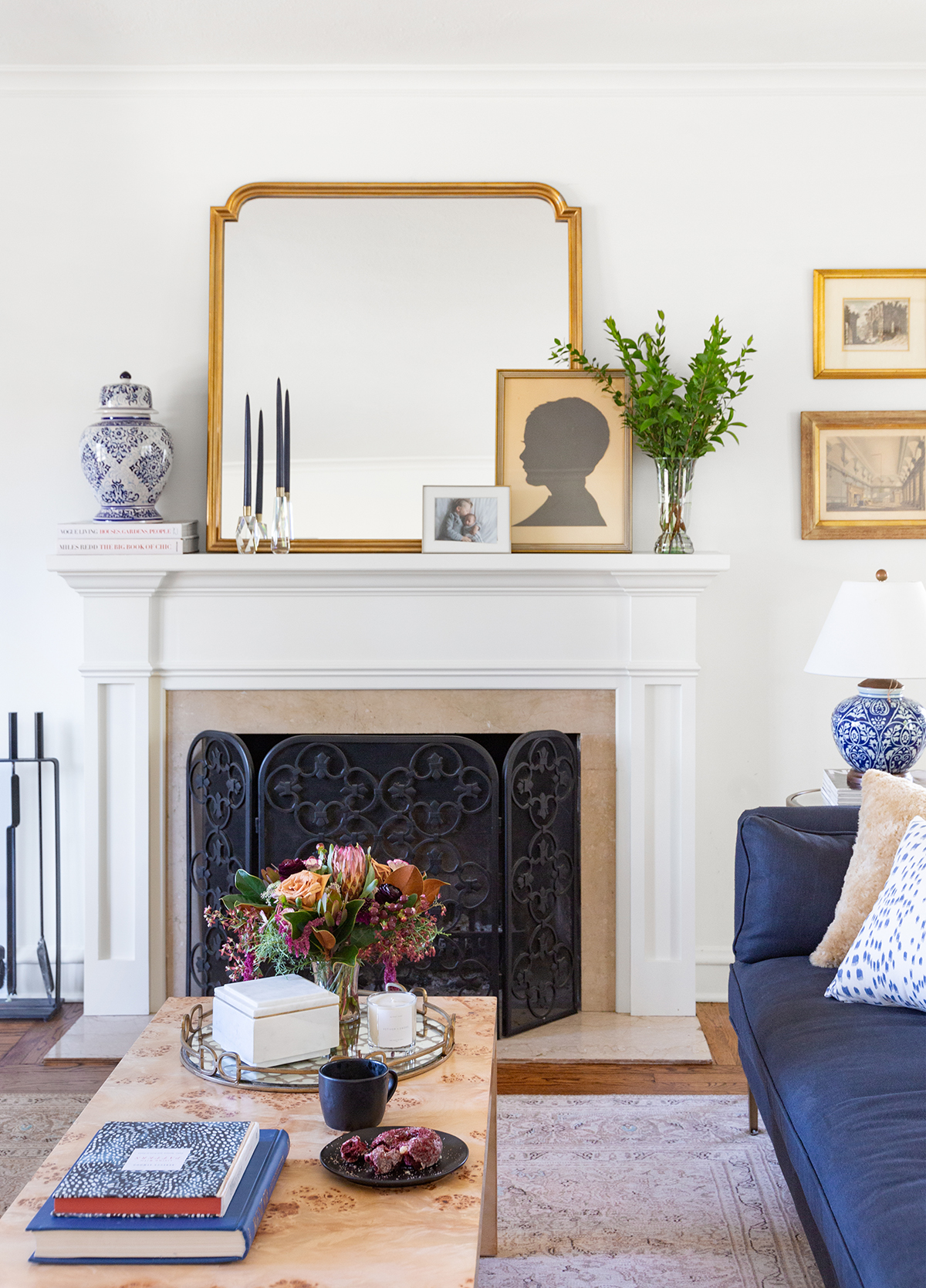
Yes, the best wall mirrors can be a statement in themselves. But you can make your mirror work even harder by accessorizing in front and beside it. Just take a look at this modern design by Havenly.
'One of our favorite vignettes – particularly over a mantle or sideboard – is a statement mirror (bonus points for a vintage feel) layered with artwork, vases, and candlesticks,' Kasee suggests.
'Feel free to lean a mirror directly on an architectural feature or piece of furniture, and stack smaller pieces directly in front of it. It helps fill in the moment and grounds the mirror with meaningful elements.'
4. Making your floor mirror an afterthought

Mirrors can be super versatile in that along with being hung on the wall, they can also be placed carefully against the wall so that they lean. But either way you look at it, remember to make your living room mirror the star of the show – and not an afterthought.
'It should either align vertically with other items such as the artwork above this fireplace,' Kasee says, 'or be at least a few feet taller than the furniture next to it. Also, make sure it doesn’t feel too skinny and diminutive. The thing with floor mirrors is if you’re going to have one, make it substantial and a fundamental feature in the room – not an afterthought.'
5. Failing to considering the placement
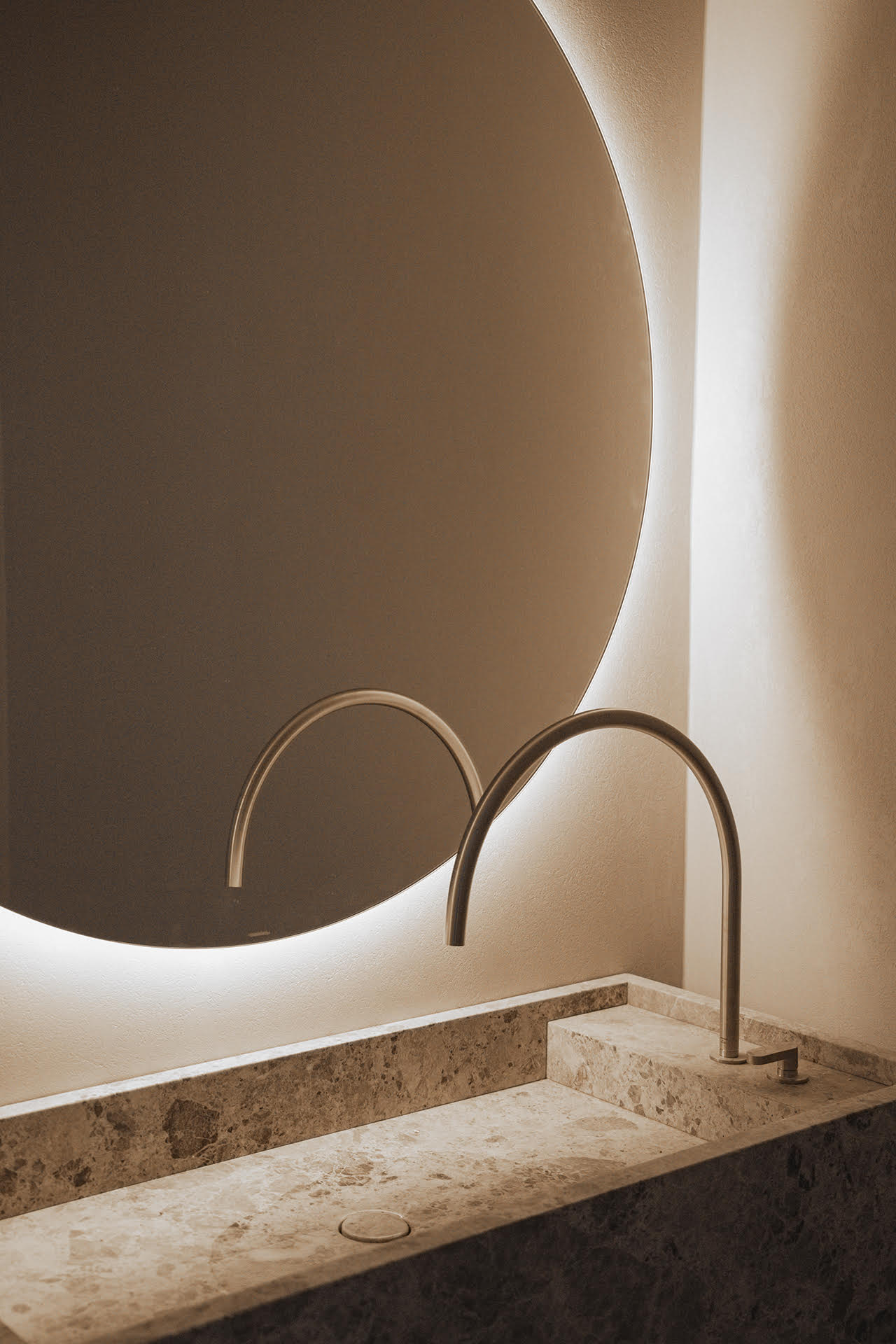
Just like with a piece of art, the placement of a mirror is critical – no matter the room, size or space you have to work with.
The best way to decide where to place your mirror? We're taking note from Giulia Chiarlitti, New York-city based Director of Interior Architecture at The Up Studio.
'We're designers so everything, including mirror placement and location, gets drawn out first,' Giulia says. 'If you don't have the ability to do this, I always recommend taping the desired mirror size onto the wall before anything is affixed.'
This way, you can take a step back and see how the size and placement feels within the space.
6. Not giving thought to the reflection
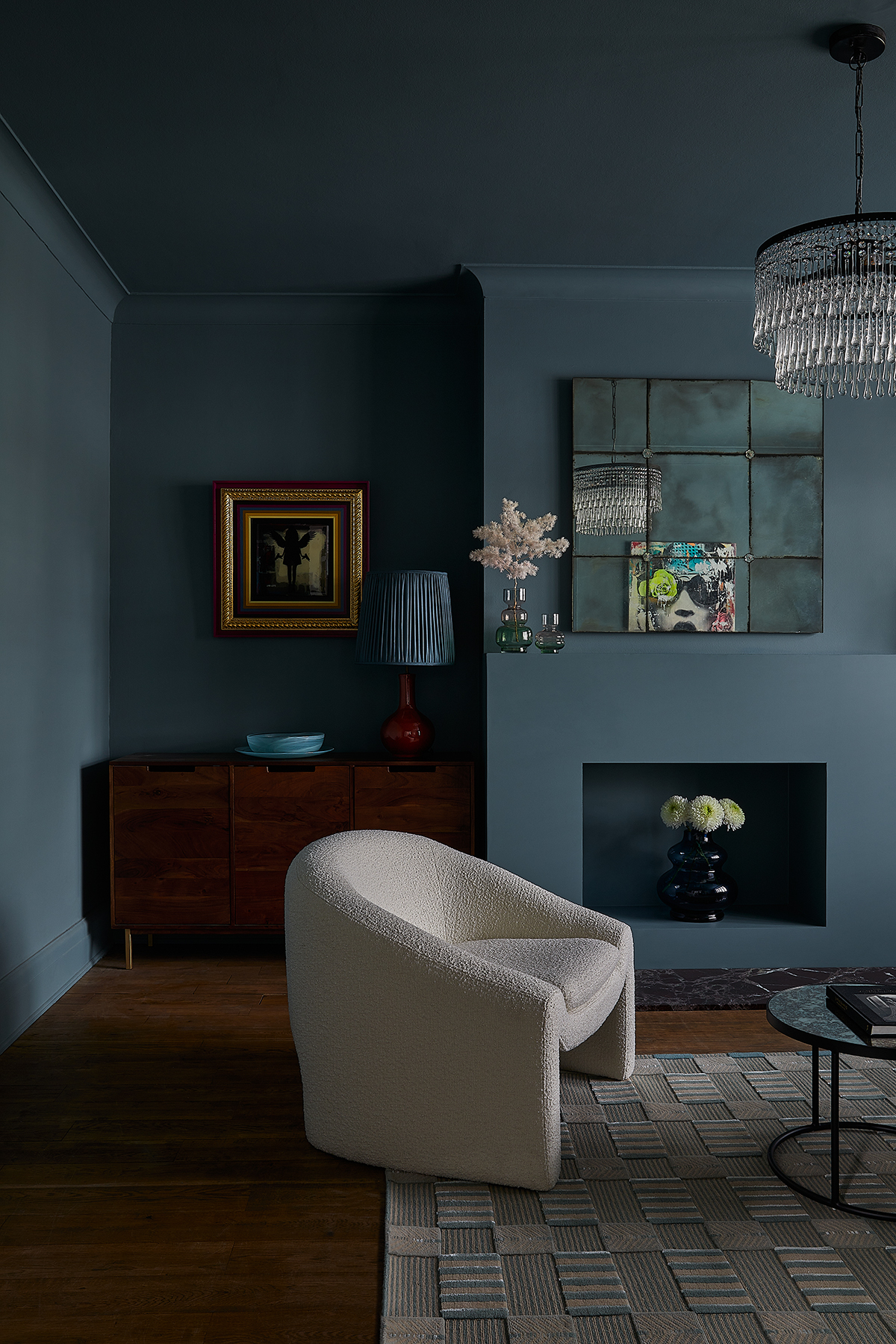
One of the main reasons why you hang a mirror is to see your reflection. But sometimes, this can be forgotten. The rule to live by?
'A mirror that reflects a corner of clutter, for example, is not a good idea. But a mirror hung to reflect a beautiful piece of art would be ideal,' Emma Gurner, founder of award-winning interior design studio Folds Inside says.
7. Hanging a mirror in the bedroom

Some designers advise against hanging a mirror in the main part of your bedroom. 'Hanging wall mirrors in the bedroom or where you sleep is a common mistake,' Noorein Kapoor, principal designer at Noorein Kapoor Design says. 'A bedroom or any space dedicated to sleeping should be for just that. Mirrors affect peaceful sleep and should be avoided in the bedroom.'
But that's not to say a hanging a mirror in your sleep space should be avoided at all costs.
'If you want a mirror in the room,' Noorein tells us. 'Avoid placing it where it reflects the image of the bed as this can bounce energy and keep you awake while you are trying to get some sleep.'
8. Placing a mirror in direct sunlight
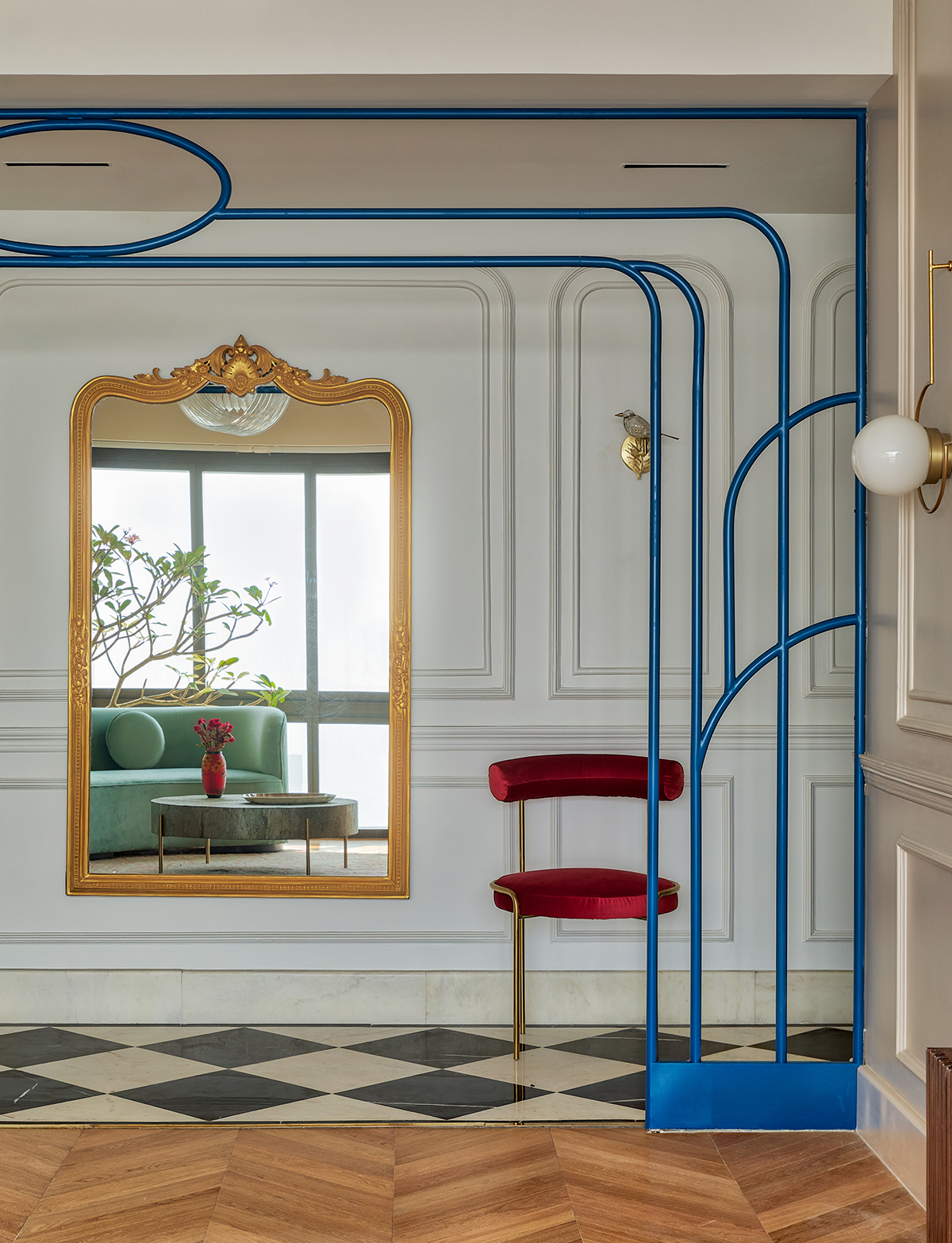
Using a mirror to bounce light around the room is one of the oldest tricks in the design books. It can help to inject some much-needed energy, a hit of vitamin D and character into your space. However, according to Noorein, mirrors should not be placed in direct sunlight.
'Leaving mirrors under such high temperatures can make them dull and their reflective quality will reduce after some time,' Noorein explains.
9. Hanging a mirror instead of leaning it
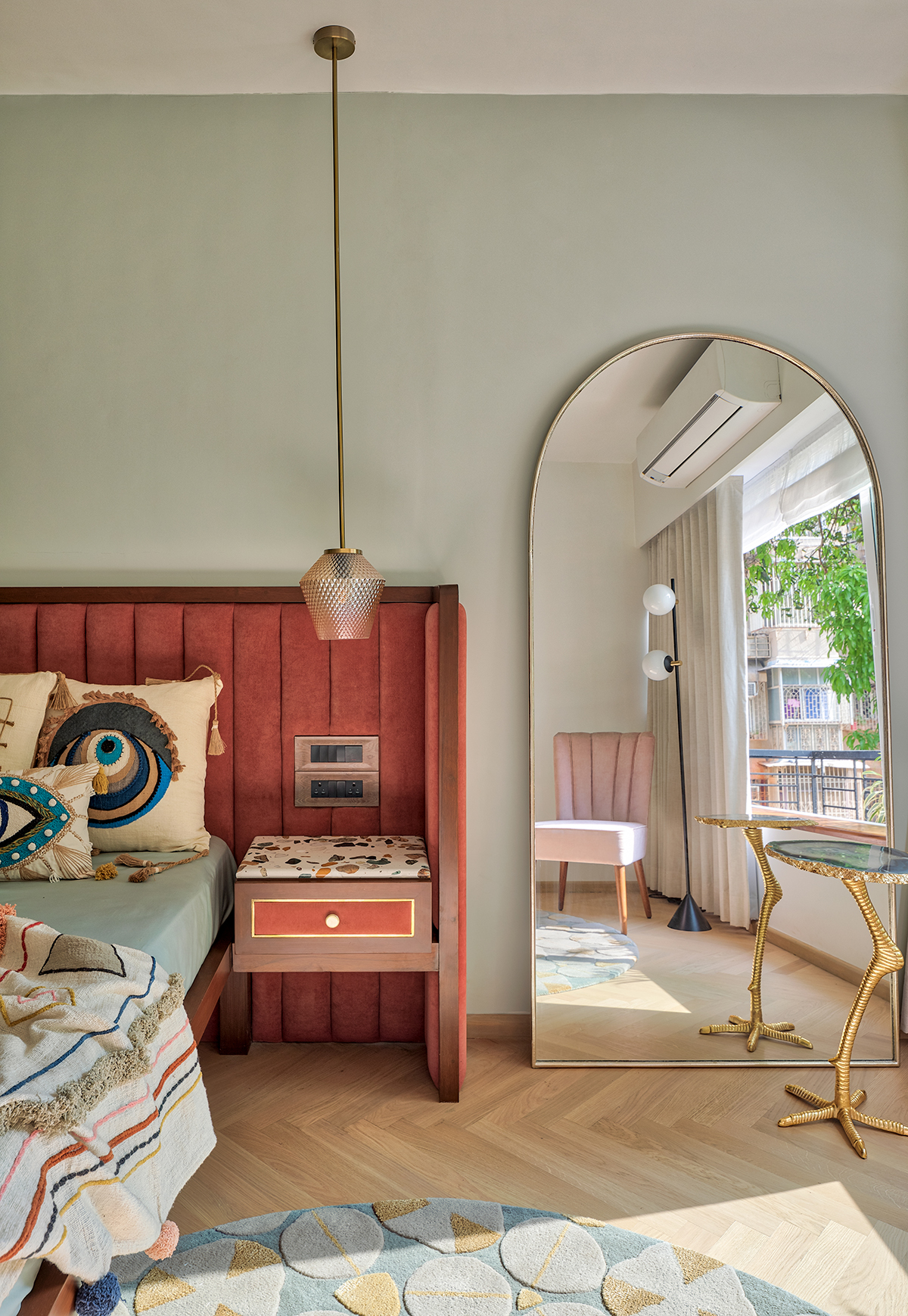
Not all mirrors are created equal. Some are meant to be hung, while others would look better standing. According to Noorein, this is a common mistake, especially for full-length mirrors.
'You can lean full-length mirrors on the wall instead of hanging them,' she says. 'This makes the room look bigger as well as serving as a decorative piece with the oversized reflections of objects that can be seen in the mirror.'
'This also makes the mirror a focal point in the room, adding beauty to space.'
10. Failing to think of a mirror as a work of art
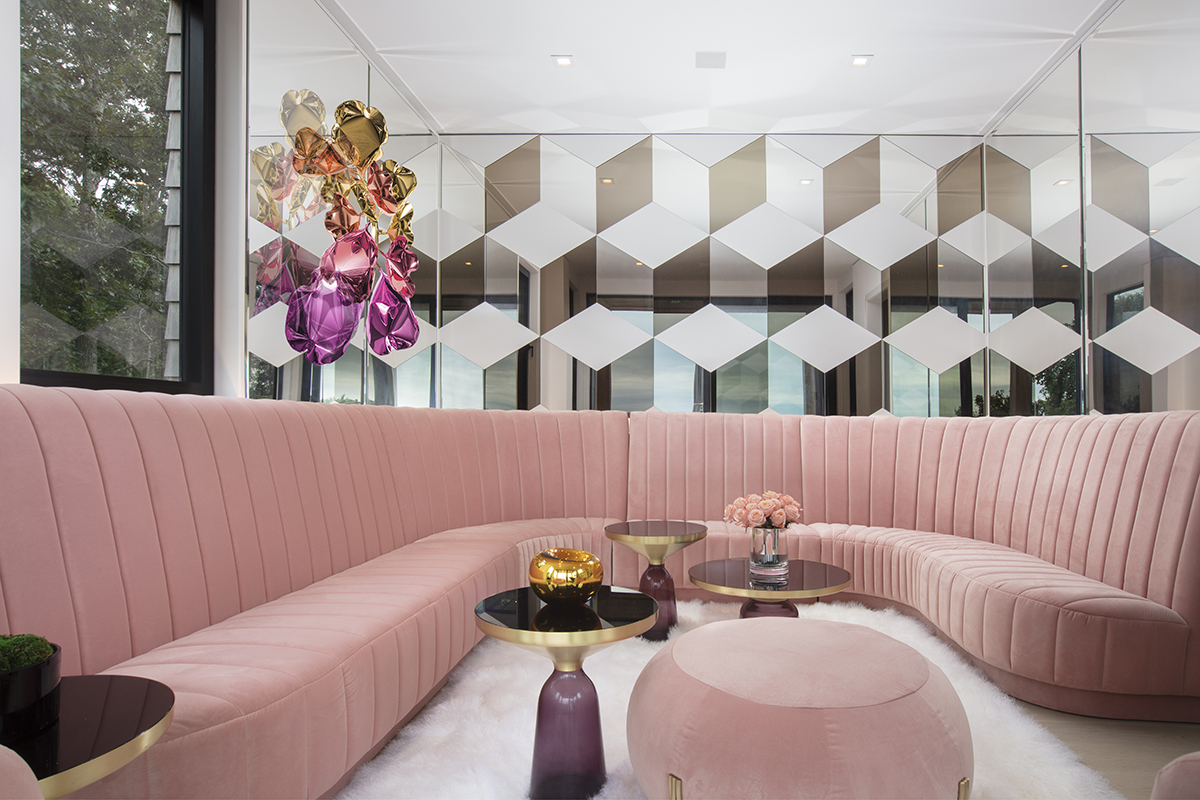
In our opinion, anything that can be hung on a wall is a work of art. Be it rugs, pictures or drapes. And mirrors are no different.
And Jay Britto from Miami-based luxury interior design company, Britto Charette agrees.
'Don’t be afraid to think of mirrors as art,' he says. 'Mirrors really can become the art in a room — the way they capture and bounce light and views can be really beautiful. We like to incorporate mirrored walls in our designs and we also like to play with the design and texture of the mirrors themselves.'
How do you hang a mirror properly?

This is perhaps the biggest mirror mistake of them all. And believe it or not, it's easier said than done.
'One mistake people often make while hanging/positioning mirrors is not measuring correctly and/or not being prepared with the correct tools to do so because they simply aren't aware of how complex the hanging process can be,' says Los Angeles-based interior designer Breegan Jane says. 'For example, one should always have a stud finder, measuring tape and hanging level handy to get the job done correctly.'
'Always measure your space and mirrors before you attempt to hang them to ensure a smooth hanging process. There's nothing more frustrating than trying to hang a mirror that is too small or is simply too large to fit on a chosen wall.'
Becks is a freelance lifestyle writer who works across a number of Future's titles. This includes Real Homes, Top Ten Reviews, Tom's Guide, TechRadar and more. She started her career in print journalism at a local newspaper more than 8 years ago and has since then worked across digital and social media for food, fashion and fitness titles, along with home interior magazines. Her own interior style? She's big on creating mindful spaces in every corner of her home. If it doesn't spark joy or happiness, it has no place here. When she’s not writing, she’s reading and when she’s not reading, she’s writing.